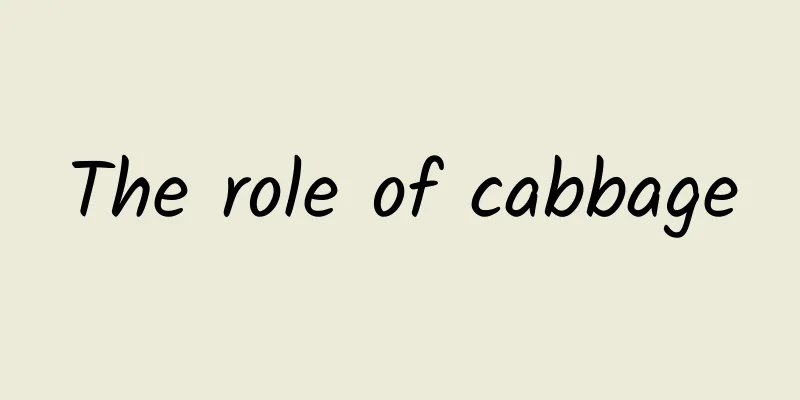Is Astragalus warm or cold in nature?

|
We often hear that this is cool and you don’t need to eat too much, and that is hot and eating too much will cause getting angry and so on. Chinese medicinal materials are also divided into hot and cold types. Understanding these can be helpful for our daily health diet and prevent physical discomfort caused by accidental ingestion. So what are the characteristics of Scutellaria baicalensis? It is said that eating too much Scutellaria baicalensis will cause internal heat, so is Scutellaria baicalensis hot in nature? Is Scutellaria baicalensis hot in nature? Scutellaria baicalensis is warm in nature and sweet in taste. Among the five properties of cold, cool, neutral, warm and hot, Scutellaria baicalensis belongs to the warm nature of Chinese medicinal materials. Chinese herbal medicines with this kind of properties have the effect of being widely taken. In other words, Scutellaria baicalensis is suitable for everyone to take, and it is not easy to have the problem of conflicting properties. Why is it easy to get angry after eating Scutellaria baicalensis? Sometimes drinking Astragalus tea may cause getting angry, because people think that Scutellaria baicalensis is a hot herb and will cause getting angry. In fact, this idea is wrong. Scutellaria baicalensis is warm in nature and normal consumption will not cause getting angry. If you eat other hot foods while taking Scutellaria baicalensis, Scutellaria baicalensis does not have the effect of clearing away heat and detoxifying, which may cause getting angry. Nutritional Content of Scutellaria Baicalensis Modern scientific research shows that Scutellaria baicalensis contains sugar, amino acids, folic acid, vitamins and minerals, as well as saponins and fatty acids. Saponins are the main components of Scutellaria baicalensis's medical effects, while fatty acids and vitamins are the main components of Scutellaria baicalensis's health-care effects. Therefore, Scutellaria baicalensis has very high medicinal value and oral value. Benefits of Astragalus Scutellaria baicalensis is sweet in taste and slightly warm in nature. It enters the spleen and lung meridians and has the functions of replenishing qi and blood to generate yang, invigorating qi and eliminating sweat, promoting water flow and reducing swelling, and expelling toxins. It is suitable for internal injuries, fatigue, mental fatigue, spleen deficiency and diarrhea, lung deficiency and asthma and cough, stomach deficiency and relaxation, long-term diarrhea and prolapse of the anus, prolapse of the genitals, clear and thin menstruation, vomiting blood, bloody stool, metrorrhagia, night sweats due to superficial deficiency, edema, blood cover, carbuncle that is difficult to heal or that does not heal for a long time, etc. Commonly Asked Questions about Scutellaria Baicalensis 1. Scutellaria baicalensis has the effect of tonifying deficiency, therefore, it is not suitable for people with excessive external evil fire. 2. Scutellaria baicalensis has no effect of removing heat. Therefore, if you have a hot constitution and are taking foods that are easy to cause heat in your body, try not to take Scutellaria baicalensis at the same time as it is easy to cause heat in your body. |
<<: Herbal medicine for treating ringworm in rural areas
>>: The efficacy, effects and contraindications of Jiaogulan
Recommend
Attention! What you are drinking may be Aspergillus flavus, not golden camellia tea!
China is not only a major tea producer, but also ...
How to take Panax notoginseng powder to remove spots
There are many functions and effects of Panax not...
Protecting the pancreas is protecting your lifeline! These 7 types of people are most likely to be affected by pancreatitis
Can't control your mouth? Your lack of restra...
Steps of making raw Polygonum multiflorum wine
Shouwu is a kind of Chinese herbal medicine that ...
What are the effects and functions of Eclipta prostrata
I don't know if you have ever heard of this t...
The efficacy and function of wild jay leaves
The Chinese medicinal material, Toona sinensis le...
83.2 meters! The tallest in China! Can trees achieve "immortality"?
recently Two records for trees were broken First,...
The largest cosmic structure is the Great Wall of the Universe. What is the Great Wall of the Universe? Let’s start with the solar system.
The universe contains a huge number of celestial ...
Why do some people get diarrhea when they are nervous?
Planning and production Source: A Brief History E...
The efficacy and function of egg yolk
Chicken egg yolk is a kind of traditional Chinese...
Can I still eat Chinese medicine if it has worms?
Compared with the quick effect of Western medicin...
The efficacy and function of goose fat
Wild goose fat is a very familiar medicinal mater...
The efficacy and function of black fish pillow
The essence of traditional Chinese medicine is to...
The efficacy and function of Tianjiaoban fruit
Tianjiaoban fruit is a traditional Chinese medici...
The efficacy and function of the bellows tree
The bellows tree is a traditional Chinese medicin...









